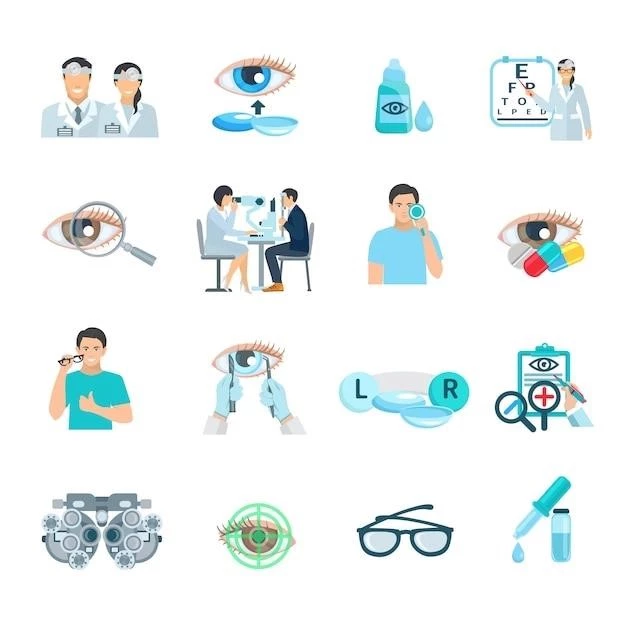Understanding the causes of cataracts is crucial in diagnosis and treatment. Recognizing symptoms early can lead to effective management.
Causes of Cataracts
Cataracts can form due to aging, eye injuries, certain medications, excessive UV exposure, smoking, diabetes, and genetic factors. Other underlying conditions like hypertension and obesity may also contribute to cataract development.
Signs and Symptoms of Cataracts
Common signs of cataracts include cloudy or blurry vision, faded colors, difficulty seeing at night, sensitivity to light, and frequent changes in eyeglass prescription. As cataracts progress, vision worsens, impacting daily activities and quality of life.
Effects of Cataracts on Vision
The presence of cataracts can impair vision, causing visual disturbances that affect daily activities and quality of life.
How Cataracts Affect Vision
Cataracts cause vision to become cloudy, blurry, and less colorful. This can lead to difficulties with driving, reading, recognizing faces, and performing daily tasks that require clear eyesight.
Treatment of Cataracts
Treatment for cataracts involves surgical procedures or the use of corrective eyewear to improve vision impacted by cataracts.
Treatment Options for Cataracts
Treatment options for cataracts include prescription eyeglasses, magnifying lenses, brighter lighting, and surgery to remove the cloudy lens and replace it with an artificial intraocular lens.
Surgical Procedures for Cataracts
Cataract surgery involves removing the cloudy lens and replacing it with an artificial intraocular lens to restore clear vision and improve quality of life. The most common surgical technique is phacoemulsification, a minimally invasive procedure with a high success rate and fast recovery time.
Prevention and Lifestyle Changes
Preventing cataracts involves lifestyle changes such as wearing UV-protective eyewear, maintaining a healthy diet, not smoking, and managing underlying health conditions.
Lifestyle Changes to Prevent Cataracts
To prevent cataracts, it is advisable to consume a diet rich in antioxidants, wear sunglasses with UV protection, avoid smoking, maintain a healthy weight, control diabetes and hypertension, and have regular eye check-ups to detect any early signs of cataracts. Leading a healthy and active lifestyle can contribute to reducing the risk of developing cataracts in the future.
Genetic Factors in Skeletal Anomalies
Genetic factors play a significant role in the development of skeletal anomalies, influencing bone structure, growth patterns, and susceptibility to various skeletal conditions. Understanding genetic predispositions is crucial in diagnosing and managing skeletal anomalies effectively.

Skeletal Anomalies in Children
Skeletal anomalies in children encompass a range of conditions affecting bone development and structure. Early detection, comprehensive evaluation, and appropriate intervention are crucial in managing skeletal anomalies to promote optimal growth and development in pediatric patients.
